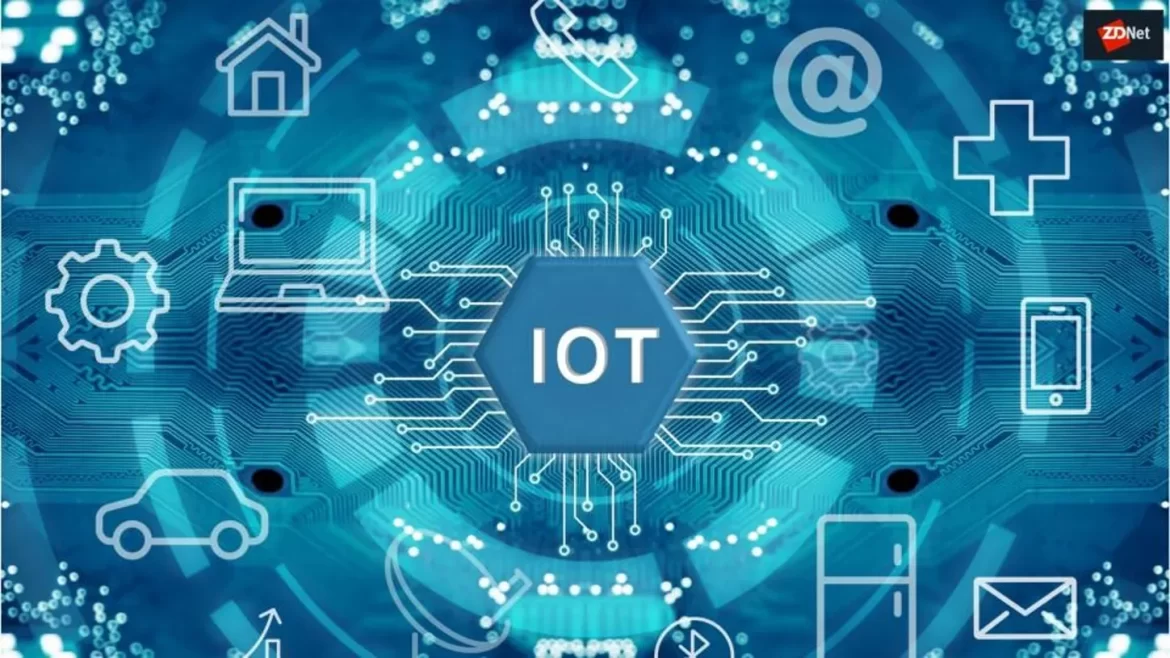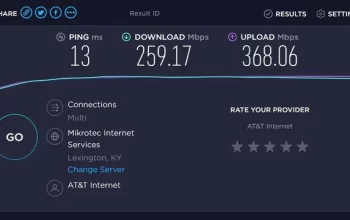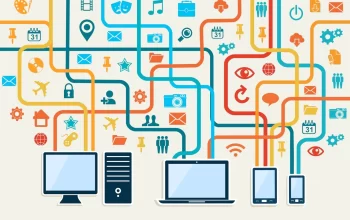Although IoT could seem like bleeding edge technology, its origins can be traced back for decades. In the 1980s, students at Carnegie Mellon University modified a Coca Cola machine to monitor inventory remotely.
In 1999, Kevin Ashton of Britain coined the term ‘Internet of Things’ while describing a system he had created using radio-frequency identification chips (RFID). These radio-frequency ID chips allow smart devices to connect with one another and to the outside world.
What is the Internet of Things?
The Web of Stuff (IoT) identifies an interconnection between devices and processors through network connection, wireless communication standards and data analytics for gathering exchanging information about real-world settings for digital change purposes.
IoT devices can be found both at home and at work. From crop sensors that measure whether fields have received enough irrigation to smart refrigerators that keep track of groceries, IoT enables people to control their environment and automate routine tasks without human intervention.
By optimizing processes, increasing accuracy and minimizing downtime, IoT is transforming businesses. For instance, fridges and freezer units connected with sensors can monitor temperatures so as not only ensuring food safety but also reducing waste; or they may detect when equipment is about to fail before it does happen thus allowing companies plan maintenance works more efficiently saving time as well money.
Why is it important?
IoT sensors enable companies to track assets, optimize systems and minimize waste while also helping predict failures, identify issues and make necessary changes before they impact the bottom line. For example machines such as railroad tracks or fleet management systems could have conditions monitored by installing appropriate number of sensing points so that problems are avoided thereby increasing efficiency levels achieved.
Also Read: Chatbots – What They Are And Why You Need One
Additionally IoT allows devices communicate with each other without input from humans hence eliminating need for any form manual intervention; personal assistants use IoT set reminders or turn lights on with voice-command; besides these devices can monitor patient health even control home heating cooling systems.
IoT also aids organizations in automating tasks which leads to increased productivity as well as reduced costs. For instance, recording inventory data automatically or notifying employees when items are low stock could be achieved through this technology. Furthermore it helps optimize manufacturing processes track energy usage deliver better customer experience
What are the advantages?
With cheap computer chips and ubiquitous wireless networks, even ordinary objects can now become part of the Internet of Things. From your wristwatch to your thermostat and even sensors within jet engines and trash cans — IoT devices are everywhere.
There are many benefits that come with using IoT technology – some may be obvious like improved efficiency or new insights leading less energy consumption.
Others might not be so apparent at first glance such as being able to remotely monitor assets hence preventing unexpected equipment failure; agriculture healthcare city management can employ IoT devices for crop monitoring from afar while ensuring patients stay on medication schedule also enhancing infrastructure efficiency through predictive maintenance capability
Additional gains include better customer experience through digital tracking system informing customers when their package will arrive among others. Also helping businesses manage inventory effectively but unfortunately it can be expensive deploy maintain moreover there is scarcity skilled professionals able handle its specific challenges like hardware engineering, data analytics security.
What’s the problems?
Management of IoT systems is problematic because they produce large amounts of data. To translate such information into actionable insights, there is need for good data storage systems like machine learning.
Privacy poses another issue for Internet of Things devices. It is important that companies respect user privacy since these sensors can collect personal information which may raise concerns about individual liberties; for instance consent should be given freely and not under duress; it should also be informed and specific besides being current enough to cover the intended period.
Implementing and maintaining IoT solutions can be expensive where continuous expenditure on servers, security measures or even devices may become too high-priced for some enterprises. Therefore businesses ought to find ways of reducing these costs such as choosing cheaper options among other things but this doesn’t stop at just saving money on electricity Also it is necessary to give priority to building stand alone systems without internet connectivity.





